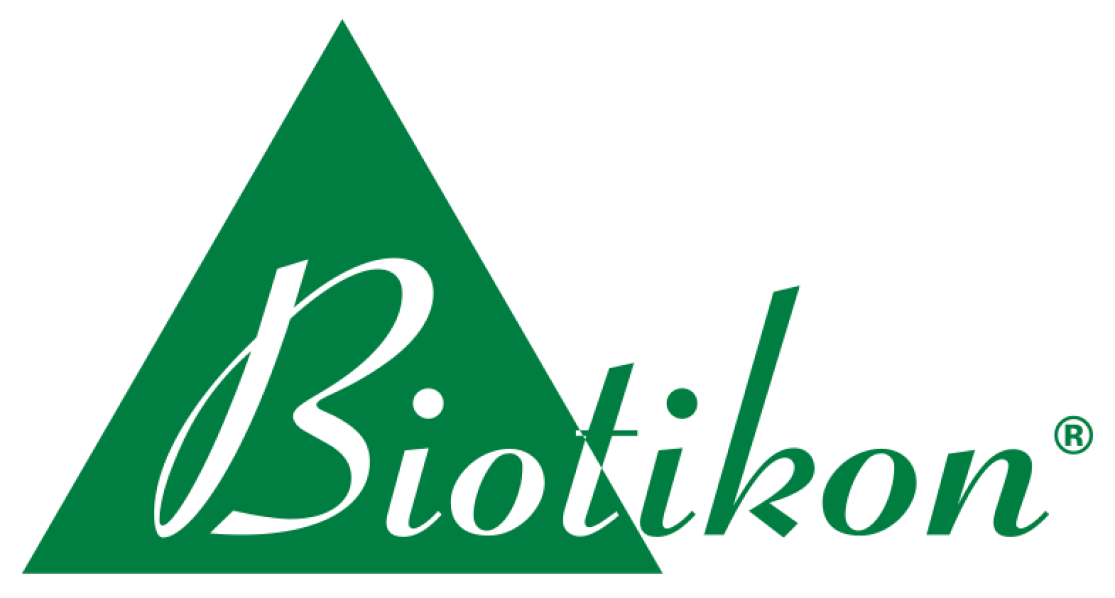OPC Certificates of Analysis HPLC
OPC HPLC, Vanillin, DMAC - Methods of Analysis
The indication of the amount of OPC of our OPC products is based on the analysis of the special grape seed extract Dr. med. Michalzik, measured with the RP-HPLC method (test specification PV.03.P194_02) OPC_Prüfvorschrift_für_OPC_Analyse_Biotikon (click and view here). By means of mass spectrometry (MS) and / or diode array detection (DAD), the grape seed extract used is tested for its purity and composition, and then its OPC content is quantified by means of the method presented. OPC are proanthocyanidins. Monomeric proanthocyanidins are not counted in the OPC content of the capsule."
Health Letter Issue 1 August 2011
Dear customers, dear friends
As a Biotikon customer, you appreciate the quality of our products.
Maintaining this quality at a high level and developing it further is our daily concern.
Therefore, we use all possibilities to also measure and thus control the quality of Biotikon OPC products.
There is a whole range of analysis methods that lead to different results even with the same starting substance. This means that if you are interested in OPC, you will have the problem that it is not always possible to compare the multitude of data on the different websites of the suppliers.
It is crucial that the analysis method is also indicated when stating the OPC content. We indicate our OPC content on the basis of the RP-HPLC method.
To give you an easy overview, we have had the grape seed extract we use tested according to different analysis methods and compare the results.
Important note: These results refer to the product batches from August 2011. It is made clear how different the analysis results can be when using different methods. Currently (July 2012) we use the RP-HPLC method with the following information: "The indication of the amount of OPC is based on the analysis of the special grape seed extract Dr. med. Michalzik, measured with the RP-HPLC method (test specification PV.03.P194_02). OPC are proanthocyanidins. Monomeric proanthocyanidins are not counted in the OPC content of the capsule." (Please always check www.opc-traubenkernextrakt.de for the latest information).
OPC analysis results:
- 63.00 % RP-HPLC
- 77.48 % DMAC
- 69.24 % vanillin
- 71.20 % Bate-Smith (Porter)
- 67.36 % procyanidin assay
- 82.17 % Pharmacopoeia method
For the data on OPC content of Biotikon products, we use the RP-HPLC value. Even though it is the optically lowest value, in your interest we are of the opinion that not the numerically highest value, but the qualitative statement of the analytical method should be the decisive quality factor.
When comparing different products, therefore, the analysis method used must always be taken into account. Only against this background do the stated numerical values obtain their significance.
The current OPC products and the original analysis certificates can be found under the following link
opc_analysis_certificates_bioticon
The following certificates of analysis from exclusively German laboratories are available:
- RP-HPLC Laboratory Phytos®
- DMAC Laboratory Phytolab®*
- BATE-SMITH improved according to Porter , Lab Phytolab®*
- Vanillin method*
- Procyanidin assay(Butanol-HCL assay)*
- EP6.0 1220 (Pharmacopoeia method)*
A brief explanation of the different anlaysis methods:
RP-HPLC Labor Phytos®: Hochleistungsflüssigchromatographie
Analytical result: 77.48% This method is similar to the vanillin method (see below), but is described in the scientific literature as more reliable than the vanillin method.
BATE-SMITH improved according to Porter , Phytolab® laboratory*.
Analysis result: 71.2
This method has a very long tradition. It was improved and made more reliable by Porter. Interestingly, especially medium-high values can give an indication of the quality or chain length of procyanidins. Very high values tend to indicate a higher proportion of long-chain (polymeric) procyanidins. This is due to the fact that a dimeric procyanidin (i.e. an OPC consisting of 2 building blocks) is only counted as 50%. Long-chain ones, such as procyanidins with 24 building blocks (polymeric) are counted at almost 100%. However, low values also indicate a low total content. In our view, it should in no case be below 50 %.
Important: A BATE-SMITH value around 70 % can thus correspond to a higher OPC content than, for example, a BATE-SMITH value of 90 %.
Similar problems apply to the butanol and vanillin method.
Vanillin method*
Analysis result: 69.24 % The results of this method are difficult to interpret. For one thing, the results are very susceptible to interference. A change in sample temperature of 1.4 degrees can cause a change in the result of up to over 10%. Similarly, the moisture content of the sample and the time factor significantly affect the result. Also, vanillin does not react uniformly with the sample material, making it difficult or impossible to draw conclusions about a mg content.
Procyanidin assay (Butanol-HCL assay)*
Analytical result: 67.36% This methtode is similar to the vanillin method.
EP6.0 1220 (Pharmacopoeia method)*
Analytical result: 82.17 % This method is described in the European Pharmacopoeia and is used for the determination of procyanidins.
* For the spectrometric methods such as vanillin, DMAC, butanol, pharmacopoeia method and Bate-Smith, in our view mg data based on percentage analysis values should be used with caution. This has already been indicated by the vanillin method and the Bate-Smith method (modified according to Porter). The reproducibility of the test results is not optimal in some cases. Nevertheless, these are used to indicate OPC.
We do not rely exclusively on these methods for quality assurance.
If you have any questions, please do not hesitate to contact me.
Yours, Alexander Michalzik, MD, Biotikon®.
Imprint: Biotikon® products of complementary medicine, Dr. med. Alexander Michalzik, Tel.: +49 (0)6201 878380, Fax.: +49 (0)6201 24633, eMail: info@biotikon.de, internet: www.biotikon.de, blog: www.doc-blog.de, Wintergasse 144, 69469 Weinheim, USt-IdNr.: DE248207384
